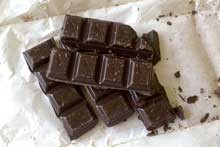I’ve been buying old poultry magazines, books and catalogs, and they are a lesson in how agriculture has changed. The Poultry Item from 1928 has an article about poultry houses. It says, “To do well, the fowls require room.” It goes on to state, “Sunlight and fresh air are powerful disinfectants and germ destroyers. Pure fresh air and direct sunlight will do more to protect your flocks, prevent diseases, and in many cases effect a cure of ailments and injuries than anything you can buy at the drug store.” The Hillview Leghorns Poultry Farms catalog from 1939 has photos of hundreds of leghorns and australorps on pasture.
But by 1947, the Poultry Tribune has advertisements for “heavy duty battery” cages and a photo of an experimental farm that shows no animals outside, just manicured lawns.
The covers of the old magazines have delightful graphics, of children feeding chicks, and prize winners posed on hay bales, and of farmers standing in fields with hens. But forward to 1958 and the Poultry Tribune‘s cover has a man who “makes easy work of cage chores.” He is shown pushing a feeder down an aisle between rows of battery hens. Need I mention the ads in that issue from companies selling debeakers, cages and ventilators? The magazines from the 1950s are also the first ones that have articles and ads praising antibiotics.
My stack of magazines shows me how quickly – a matter of just a few years after WWII – that raising poultry went from being “farming” to “industry.” It’s going to be harder to change back, but there’s some good people out there doing it. They’re still farming.
